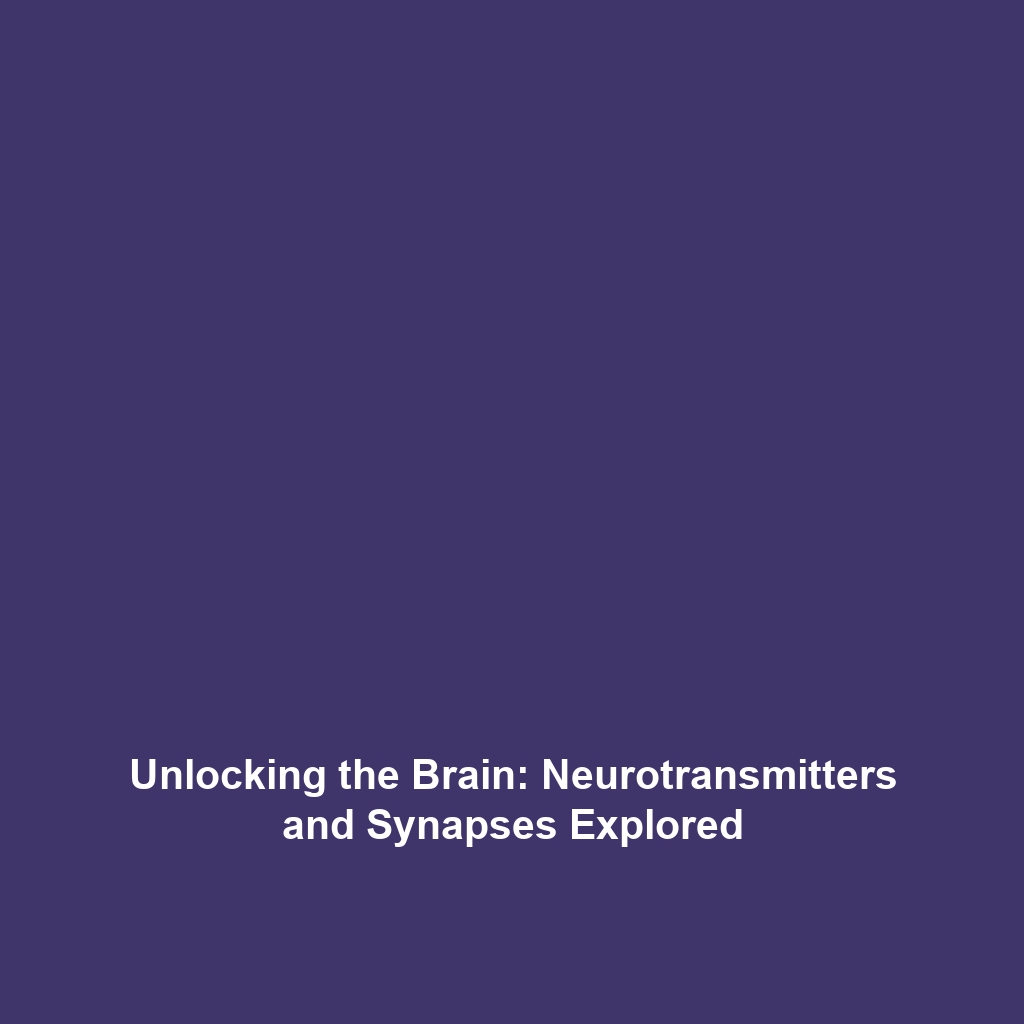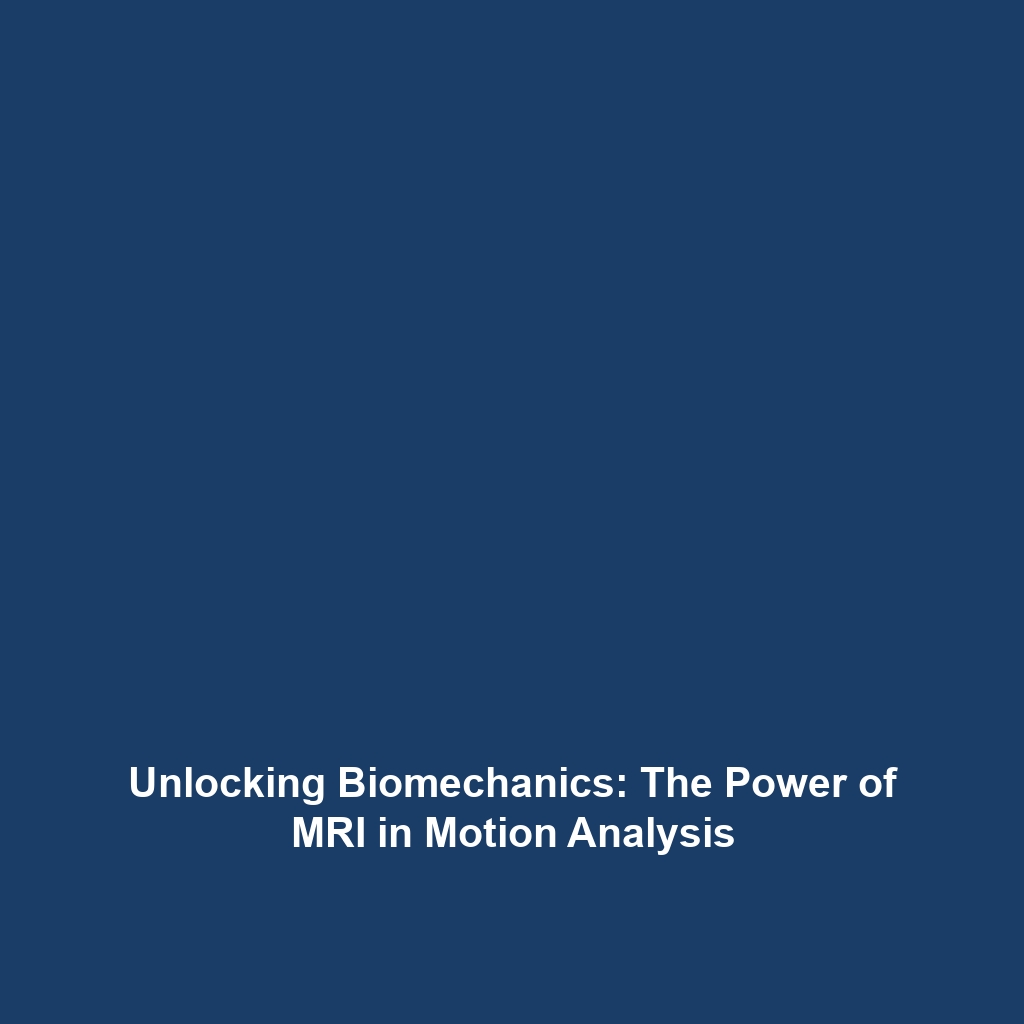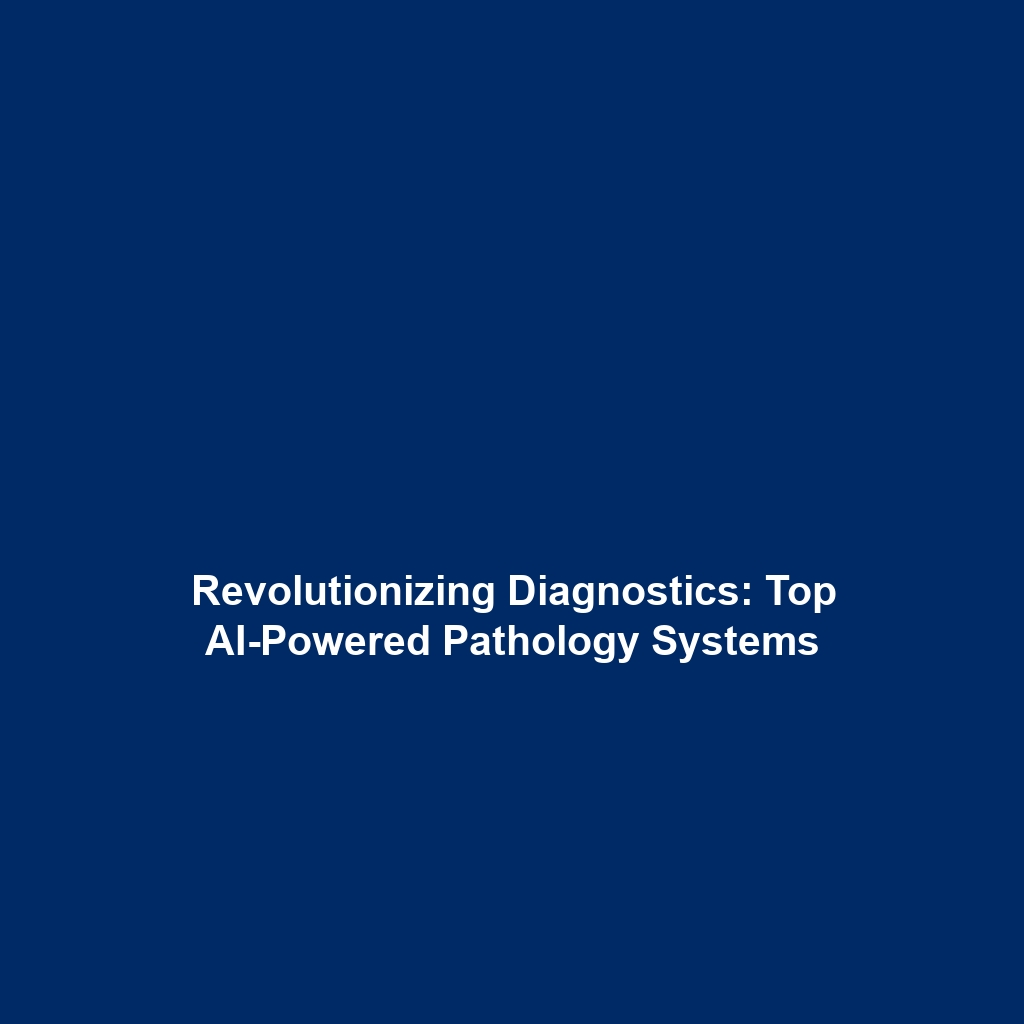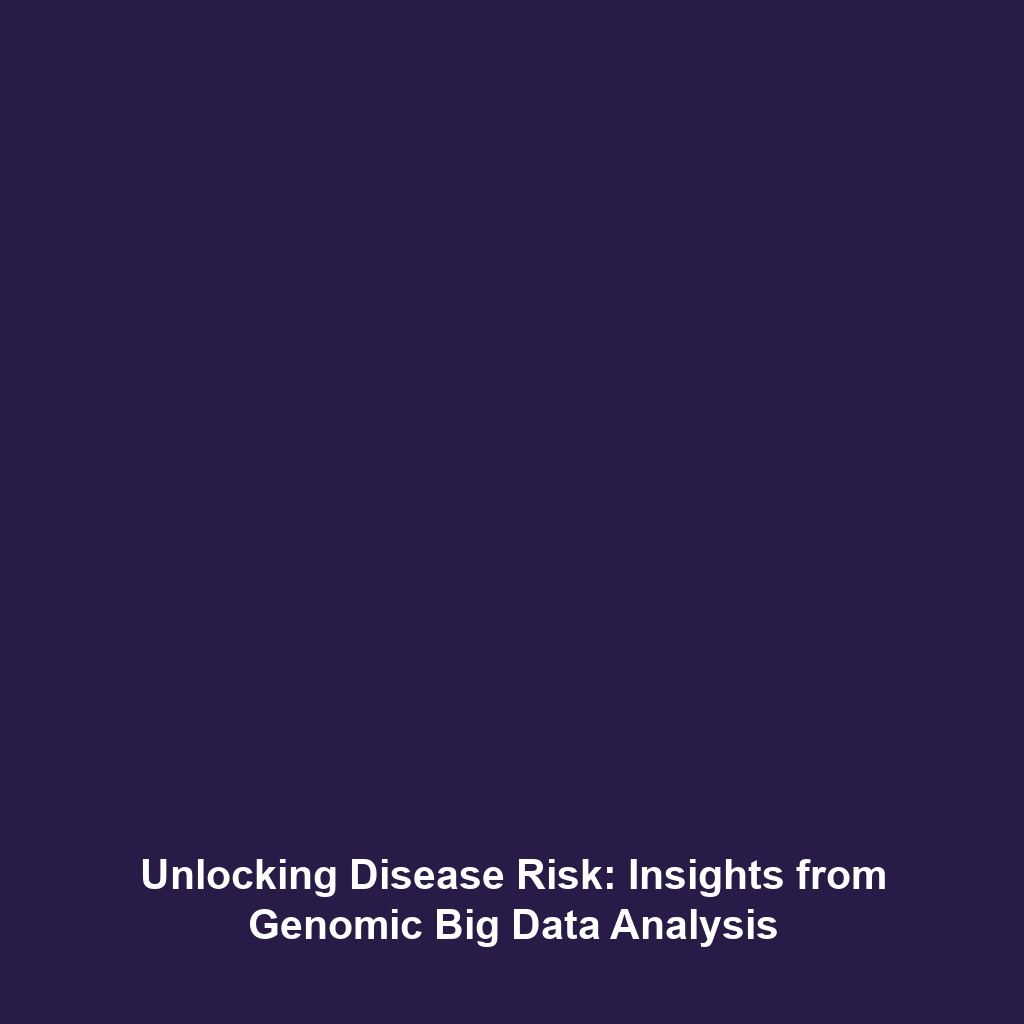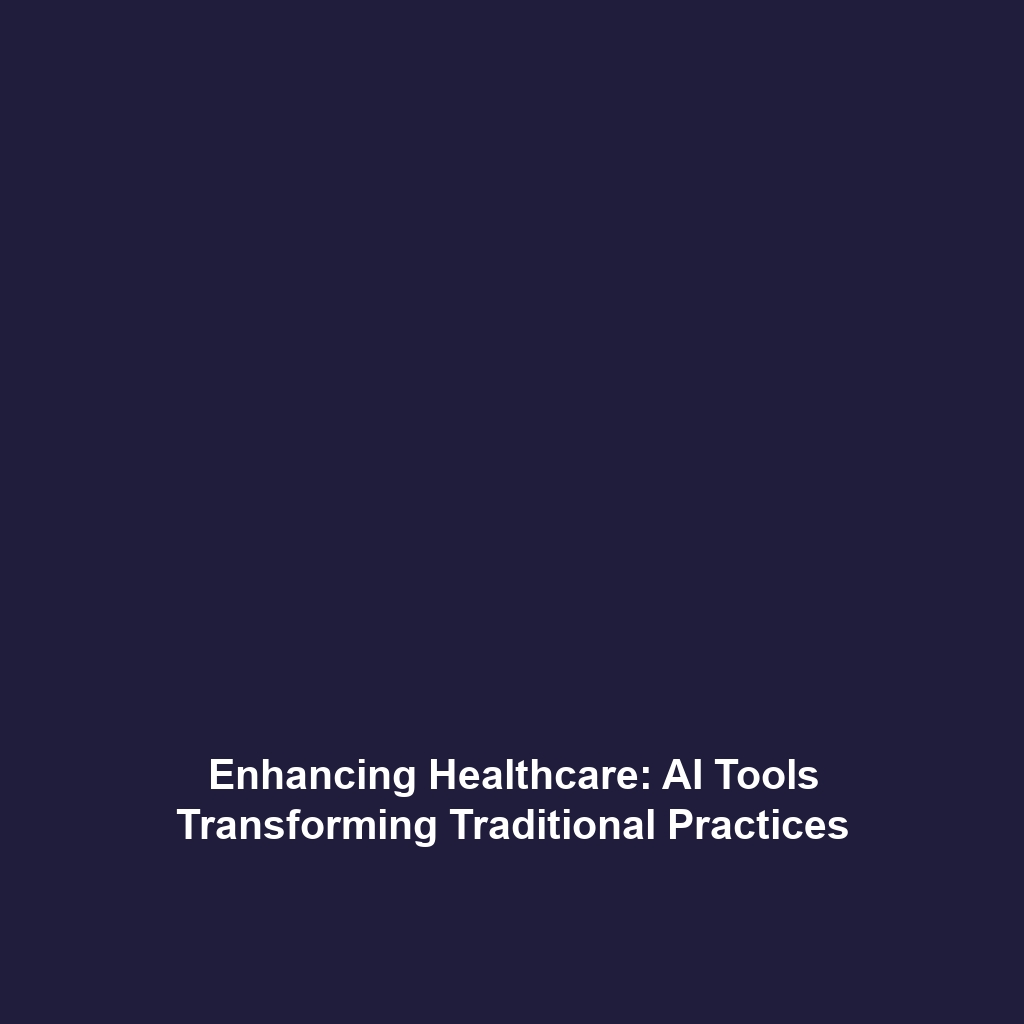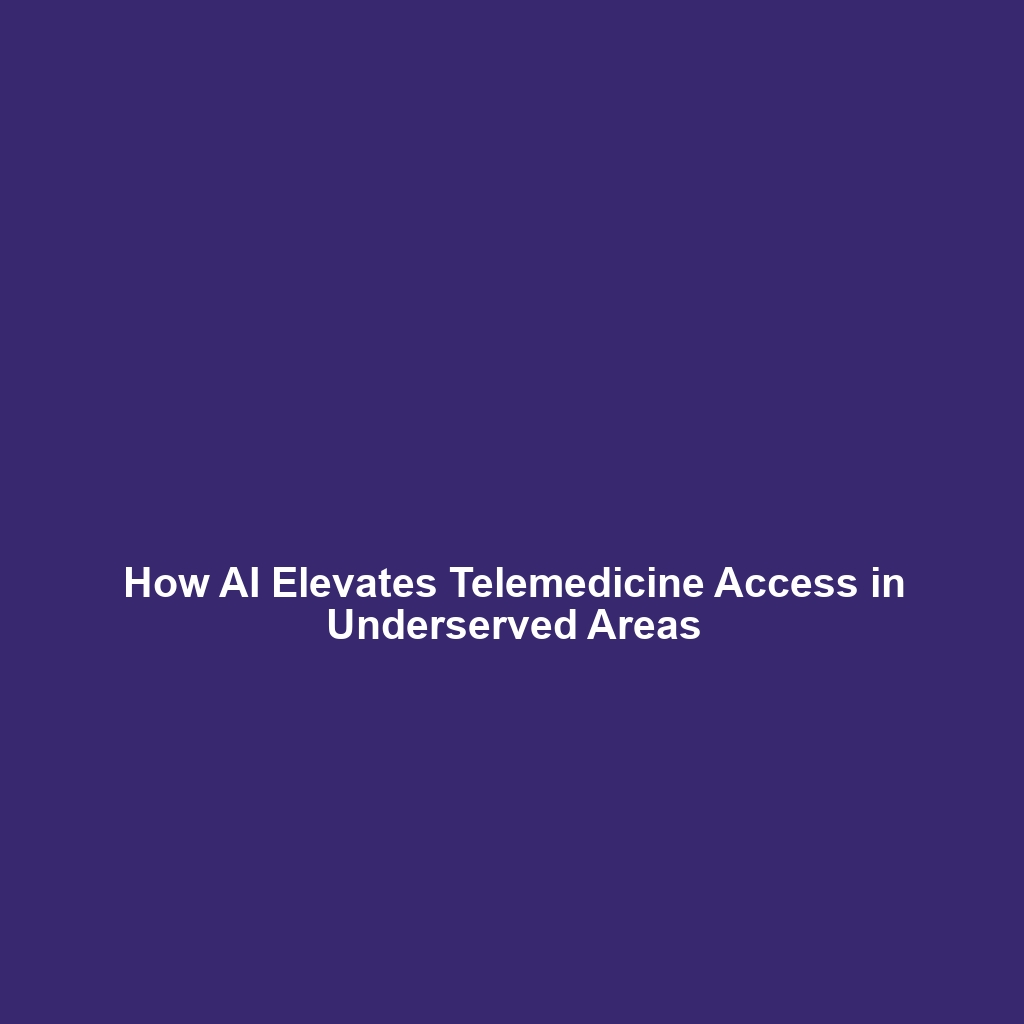Understanding Psychiatric Disorders: The Biomechanics Connection
Psychiatric disorders represent a complex array of mental health conditions that significantly affect individuals’ behaviors and physiological responses. The study of these disorders is increasingly integrated with biomechanics, a field focused on the mechanical aspects of biological systems. Understanding the biomechanical foundations of psychiatric disorders not only sheds light on their psychological implications but also on their physiological manifestations, offering a comprehensive approach to treatment and rehabilitation.
Key Concepts of Psychiatric Disorders in Biomechanics
Psychiatric disorders encompass a range of conditions, including anxiety disorders, mood disorders, and psychotic disorders. Central to understanding these conditions within biomechanics are the following concepts:
- Biomechanical Feedback Loops: How physical movement influences mental states.
- Neurobiomechanics: The study of how neurological disorders manifest in bodily functions.
- Body Posture and Mental Health: Research indicating how altered posture can affect psychological wellbeing.
These concepts illustrate the integral connection between movement, psychological welfare, and biomechanical effects, emphasizing the importance of a multidisciplinary approach to treatment.
Applications of Psychiatric Disorders in Biomechanics
Understanding psychiatric disorders through the lens of biomechanics allows for numerous applications in both clinical and research settings. Notable applications include:
- Therapeutic Exercise Programs: Incorporating movement therapies to alleviate symptoms of anxiety and depression.
- Rehabilitation Protocols: Designing biomechanically informed rehabilitation strategies for individuals with mental health issues.
- Wearable Technology: Using devices that monitor biomechanical data to assess the impact of physical activity on mental health.
These applications highlight how significant an understanding of biomechanics is in managing and treating psychiatric disorders.
Current Challenges in the Study of Psychiatric Disorders
Despite the promising integration of biomechanics and psychiatry, several challenges exist:
- Complexity of Disorders: The multifaceted nature of psychiatric disorders makes them difficult to study biomechanically.
- Interdisciplinary Gaps: Limited interaction between biomechanics experts and mental health professionals can hinder research.
- Funding Limitations: Research in this emerging area often faces financial constraints which can slow progress.
Future Research and Innovations
Looking ahead, future research is likely to focus on innovative methodologies, such as:
- Integration of AI: Employing artificial intelligence to analyze data from biomechanics and psychiatric studies.
- Advanced Imaging Techniques: Leveraging new technologies to visualize brain-body interactions in real-time.
- Personalized Medicine: Developing custom treatment plans based on individual biomechanical profiles related to mental health.
These advancements have the potential to revolutionize our understanding and treatment of psychiatric disorders within the biomechanics framework.
Conclusion
In conclusion, the intersection of psychiatric disorders and biomechanics offers a rich field for exploration and innovation. Understanding the mechanical principles underlying psychiatric conditions can lead to enhanced treatment approaches and better patient outcomes. For those interested in furthering their knowledge, consider exploring related topics such as Neurobiomechanics and Mental Health Innovation.

